Lesson Five: What are the global features of the Moon?
Lesson Five Student Worksheet
Materials
- Picture of the Moon and its craters with names (one per student)
- 10" Meade telescope
Lesson Sequence
- Engage:
- Start by looking carefully at the surface of the Moon. Describe what you see. On first glance you will likely notice features on the lunar surface. This is
good, but on longer inspection you will begin to notice that the lunar surface is not a uniform place. Make notes about non-uniformity (how one place differs
from another).
- Explore:
- Next, compare how bright the Moon looks at different locations. Do the following comparisons:
- The brightness of the limb of the Moon compared to the brightness near the terminator. What is causing the difference in brightness?
- The brightness of different regions on the surface. What can you come up with for why various areas have different brightness?
- Now combine what you found and generate a single conjecture on what affects the brightness of the Moon.
- Now look with some detail at the craters of the Moon.
- Where on the surface do you see the greatest detail in the craters? In other words, where do the craters look the most 3-D? Explain what is causing
this effect.
- By looking at craters in different locations of the surface of the Moon you can actually tell the Moon is a round sphere, and not flat. Make this
observation and explain how it tells you the Moon is round.
- If you were standing on the terminator of the Moon, where would the Sun be in your sky? Where would the Sun be in about a week?
- The whiter areas of the Moon are called the Lunar Highlands. The darker area are known as Mare (which means Seas), the plural of which is Maria.
- Compare the highlands and the maria. How are they different?
- Try to look carefully at the maria and see if you can find evidence of what they are. In other words, can you find some feature in the maria that
would suggest how they formed?
- Can you observe any kind of difference between the craters in the maria and the craters in the highlands? Describe any difference you see.
- Try to come up with a relative age dating for the surface of the Moon. Which features can you say with confidence are older than other features?
Make a list and a sketch and explain how you know this to be the case.
- Find somewhere on the Lunar surface four craters that you can use relative age dating to unambiguously say, "Crater 1 is older than crater 2, which
is older than crater 3, which is older than crater 4." Draw these craters, defend your statement, and describe where on the lunar surface these craters
are located.
- Find, describe, and classify the following craters. Note anything that you find strange or suggestive about these craters.
- Albategnius (located near the center of the figure and down just a bit)
- Herschel (small and to the left of Albategnius)
- Small crater inside Ptolemaeus
- Archimedes (located inside Mare Imbrium)
- Cassini (located inside Mare Imbrium)
- Two craters inside Cassini
- From what you have observed come up with a general conjecture about which craters tend to be simple and which tend to be complex. Try to come up with a physical
motivation for your conjecture. In other words, why?
- Measurements of crater size. Use the scaled eyepiece on the 10" Meade telescope to measure the diameter of at least five craters. You can draw from the list
above or pick other craters. The one constraint is that the craters should be fairly big so that you can test your answer against the true value found at
Lunar Society International's Full Moon Atlas. You should also be sure to know where your
crater is so that you can find it on this website. In order to actually measure the size of the crater we will need to make a measurement of the angular field of view
so we can turn millimeters into an angle. We will use the separation of two known stars to accomplish this.
- Explain:
- In your writeup be sure to calculate the size and then compare to the actual size. You should include a graph that shows your measured size as a function of the
actual size. You should also make comments about what the plot indicates.
- Elaborate:
- Evaluate:

 Lessons created by:
Lessons created by: